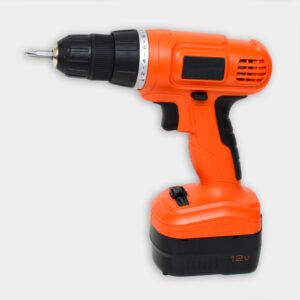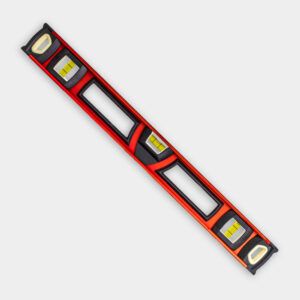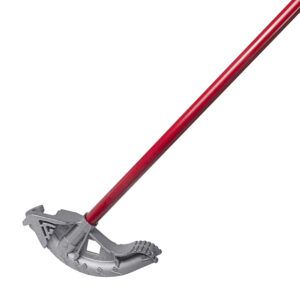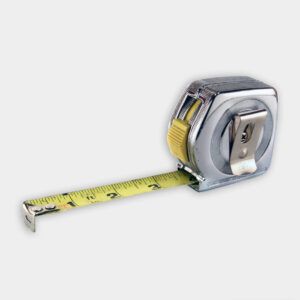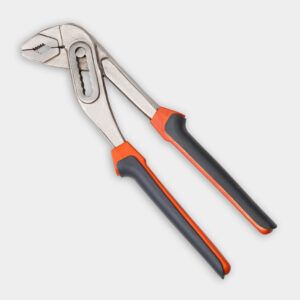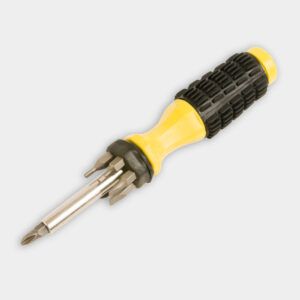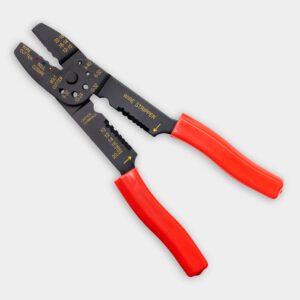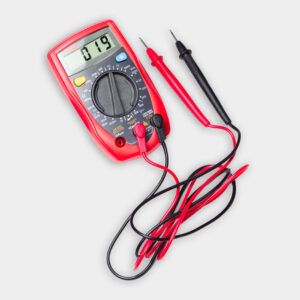We may be compensated if you purchase through links on our website. Our Reviews Team is committed to delivering honest, objective, and independent reviews on home products and services.
Adding electricity to a shed can give you a more comfortable and reliable work environment, but it’s not a job for inexperienced DIY enthusiasts. Running power to your shed requires serious know-how and planning, including the right tools and permits for the job. However, if you have some electrical experience and think you’re up to the task, this guide will walk you through the process of wiring a shed for electricity, from planning to installation. In the video above, Ask This Old House master electrician Heath Eastman helps mason Mark McCullough wire his chicken barn for lights and power.
Planning for the Electrical Wiring Job
Before you start drilling into your shed, there are a few things to get in order. Start by assessing your needs, getting the right permits, choosing the right panel for your shed, and following safety measures.
Assessing Your Power Needs
Factor in the following when planning your shed’s electrical system:
- Lighting requirements, both interior and exterior: Plan for lighting by considering how many fixtures you’ll need inside and outside the shed. Choose energy-efficient bulbs and ensure outdoor lights are weatherproof to handle the elements.
- Number and location of outlets needed: Determine how many outlets you’ll need based on the layout of the shed and the types of devices or equipment you’ll use. Strategically placing outlets around workbenches or entryways will make your setup more convenient.
- Specific power needs for tools or equipment: Consider the wattage or amperage requirements for any power tools or equipment. You may need dedicated circuits for high-demand items like saws or heaters to prevent overloading the system.
- Potential future growth for additional devices or machinery: Plan for future expansion by installing extra outlets or higher-capacity wiring. This foresight ensures your shed’s electrical system can handle any additional equipment you might add later.
The specifics of your electrical system depend on what you plan on using it for. You can customize your wiring to your needs, so consider them during the planning process—not during installation.
Obtaining Permits and Following Codes
Electrical work typically requires permits and must adhere to local building codes. Before starting, contact your local building department for permit requirements and familiarize yourself with relevant electrical codes. Consider hiring a licensed electrician if you’re unsure about any aspect of the project.
If you don’t get the necessary permits or follow local codes, you could receive some hefty fines. It may be a pain, but it’s worth getting the proper permits to do the job right the first time.
Choosing the Right Electrical Panel
Selecting an appropriate electrical panel is crucial for your shed’s power distribution. Consider these factors:
- Amperage rating that aligns with your power needs: Ensure the panel has the correct amperage to meet the electrical demands of your shed. Common ratings range from 30 to 100 amps, depending on how many tools, appliances, or devices you’ll be powering.
- Size of the panel in terms of the number of circuits it can support: Choose a panel that can accommodate enough circuits for your current and future electrical needs. This allows you to safely power lighting, outlets, and any heavy-duty equipment without overloading the system.
- Weather resistance for outdoor installation to ensure longevity: If your panel will be installed outdoors, select one that is rated for outdoor use with appropriate weatherproofing. This protects it from the elements and ensures long-lasting performance.
For most sheds, a rain-tight panel with four to eight circuits should be fine. However, larger workshops may need panels with greater capacity.
Following Safety Measures
Whenever you work with electricity, safety is a major concern. Always make sure the power is off before working with any wiring, and wear rubber gloves and rubber-soled shoes to protect from electrocution. For more safety tips, refer to the Occupational Safety and Health Administration’s guide for controlling electrical hazards.
Gathering Materials and Tools
Before you begin, make sure you have all the necessary materials and tools:
- Rain-tight panel
- Electrical boxes
- Conduit
- Conduit hangers
- Weatherproof conduit connectors
- Light fixtures
- Switches
- Wire
Double-check that all items meet safety standards and are rated for outdoor use.
Planning the Layout of Your Shed Wiring
After you gather all your tools, it’s time to plan the layout of your electrical system. Determine prime locations for the panel, switches, outlets, and light fixtures: Place the electrical panel in an easily accessible area, and position switches and outlets in convenient spots based on how you’ll use the space. Light fixtures should be strategically located to ensure good illumination for both work and general use.
Then, create a detailed wiring diagram to guide your installation: Draw up a comprehensive diagram that maps out the electrical layout, including wire paths, connections, and the placement of all components.
Planning your layout minimizes issues during installation and ensures that your system meets practical requirements. A well-documented wiring diagram will serve as a reference for future modifications or troubleshooting.
Running Power to the Shed
To power your shed, you’ll need to connect it to your home’s electrical system. This typically involves the following steps:
- Installing a dedicated circuit in your home’s main panel
- Running underground conduit from the house to the shed
- Pulling appropriate gauge wire through the conduit, ensuring it can handle the electrical load
If you’re not comfortable with this step, we recommend hiring a licensed electrician to do the job and make sure you’re up to code.
How To Wire a Shed for Electricity
Follow these steps to wire electricity to a shed or barn:
- Find the electrical supply coming from the home to determine where to mount the electrical panel.
- Mount it to the wall studs by driving a screw from the inside of each corner and into the framing.
- Determine where you’ll want to install switches (typically by the entry doors) and outlets.
- Mount the weather-tight electrical boxes to the framing at these locations.
- Plan the locations for light fixtures and attach the appropriate electrical boxes at these locations.
- Install conduit to each of the box locations. Use the conduit bender to shape the conduit to the appropriate angles.
- Connect the ends of the conduit to the boxes with weather-tight connectors.
- Secure the conduit to the framing with conduit hangers and brackets.
- Run wires from the fixture locations back to the panel, leaving the wires long by at least 12 inches at each location.
- Use the wire strippers to strip back the wire and connect the outlets, switches, and lighting fixtures.
- Connect the wires running from the fixtures into the breaker panel.
- With the power shut off at the main panel in the house, connect the main power to the panel.
Final Steps and Electrical Safety Checks
Before energizing your new electrical system, it’s important to do several safety checks:
- Testing connections: Use an electrical tester to check that the power is off at the main panel in the house and verify proper grounding of all devices and fixtures to prevent electrical shock. Make sure all connections are secure to avoid shorts. Thorough testing can help prevent future electrical issues, so it’s best to do it during the installation process.
- Labeling circuits: Clearly label all circuits on the panel for easy identification and future maintenance. Proper labeling will save time and effort when troubleshooting.
- Energizing the system: Once all checks are complete, turn off all breakers in the shed’s panel to start safely. Energize the main power from your house. Turn on shed breakers one by one, testing each circuit as you go to verify the proper function. By turning the shed breakers on one by one, you can double-check that each breaker works correctly and that your wiring is complete.
When To Call a Professional To Wire Your Shed for Electricity
While wiring a shed for electricity can be a DIY project, it’s not for beginners. It’s better to be safe than sorry, so if you’re hesitant about any step in the installation process, call a licensed electrician to finish the job.
